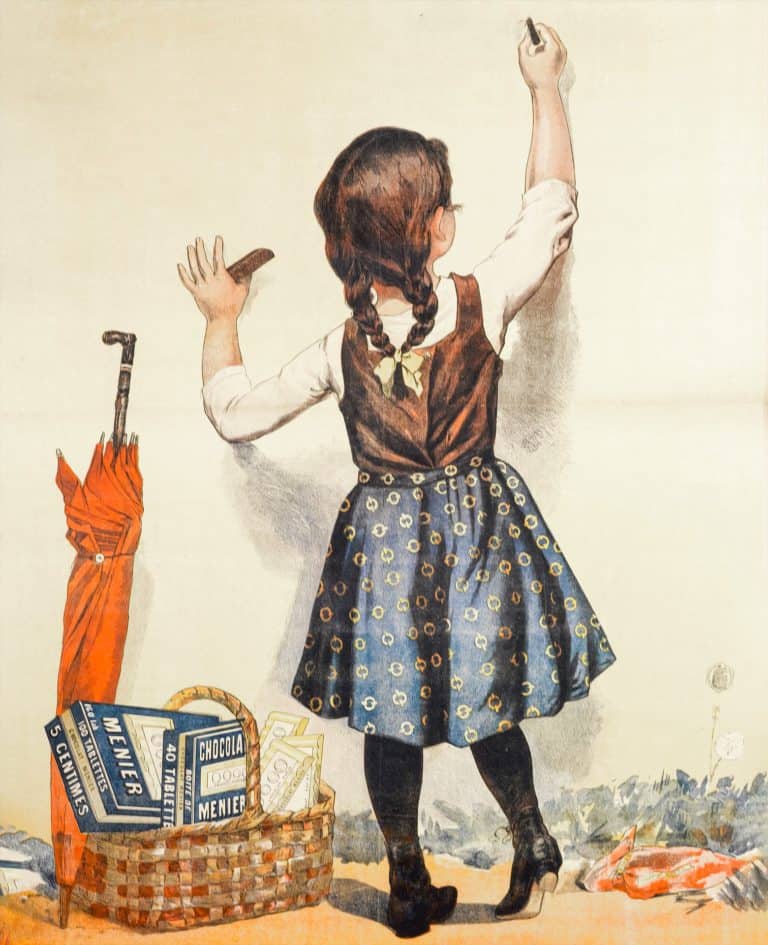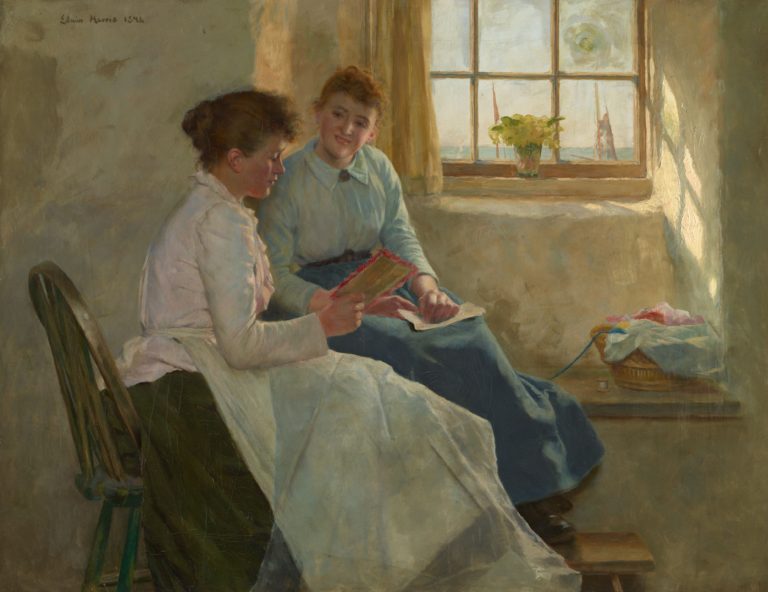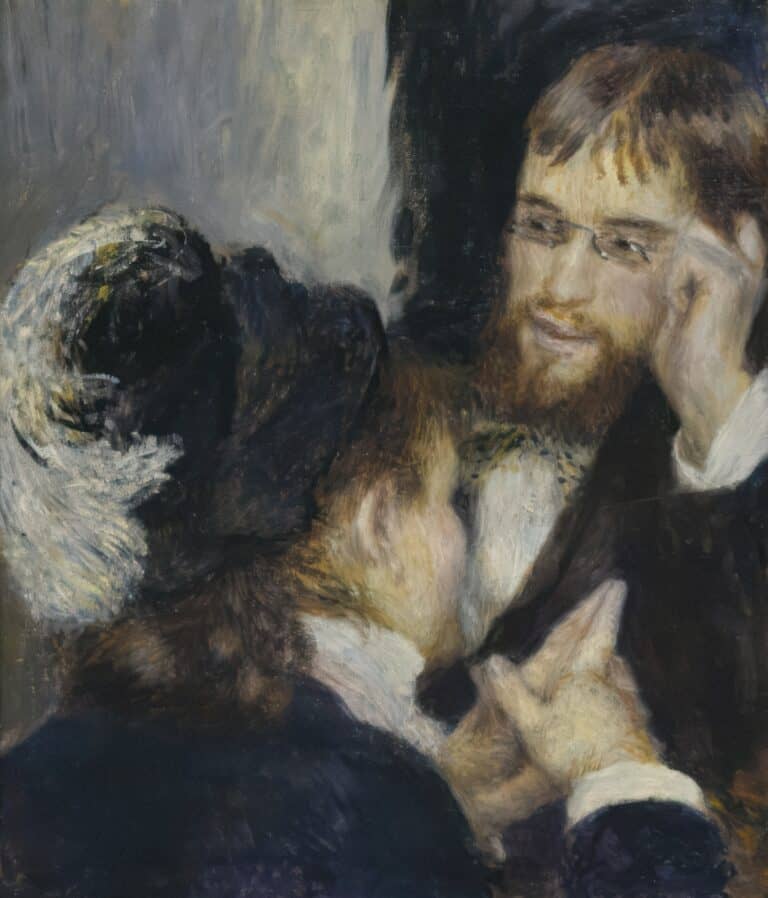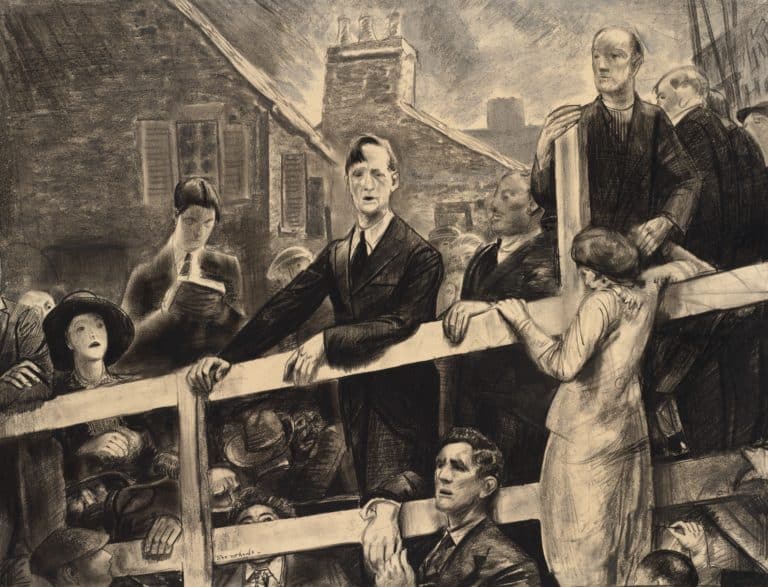OCD Rituals: 9 Common Types and What They Really Mean
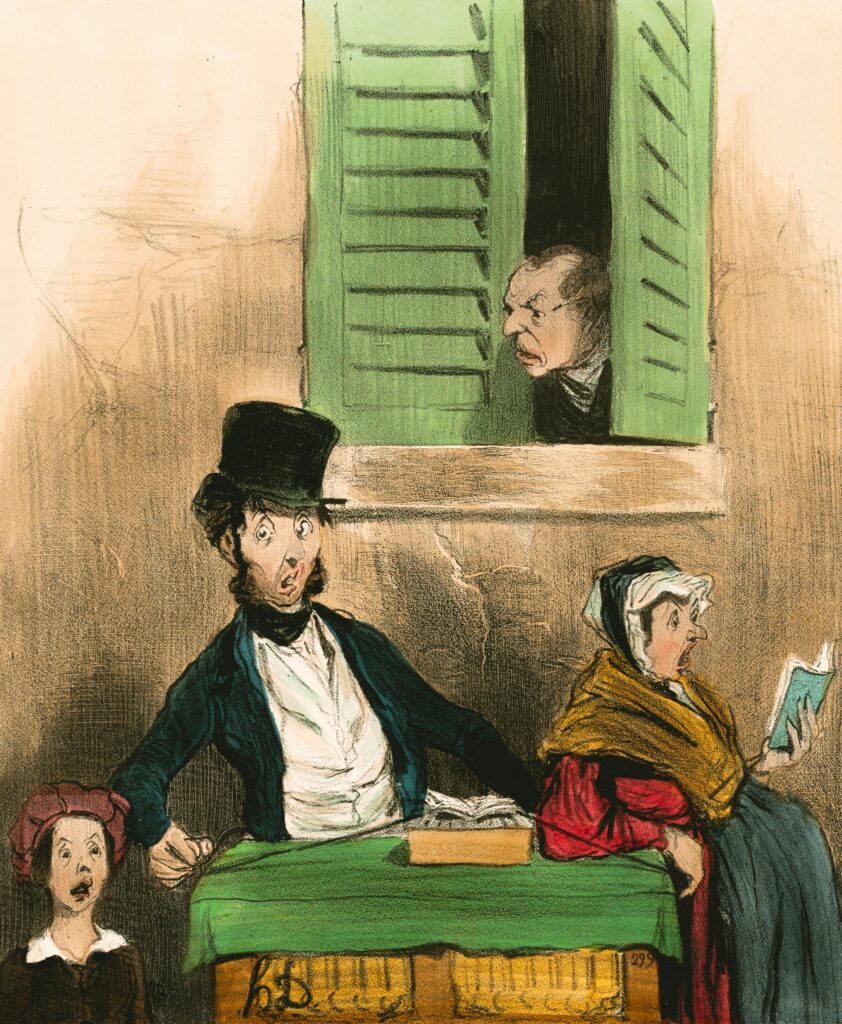
OCD rituals aren’t just habits—they’re powerful, often exhausting behaviors driven by fear, anxiety, and a desperate need for certainty or control.
These rituals, also known as compulsions, are performed in response to intrusive thoughts (obsessions) and are meant to prevent something bad from happening—or to simply ease unbearable anxiety.
While rituals can look different from one person to another, they tend to follow certain patterns. Below are 9 common types of OCD rituals, what they look like, and why they happen.
1. Checking Rituals
Checking is one of the most well-known OCD compulsions. It can involve repeatedly checking that doors are locked, stoves are turned off, or that no one has been harmed. For others, it may include reviewing past events to make sure they didn’t say or do something wrong.
These rituals are driven by fear of harm, responsibility, or guilt. Even after checking, doubt often returns, leading to another cycle.
2. Washing and Cleaning Rituals
In contamination OCD, rituals often involve excessive handwashing, showering, or cleaning objects and spaces. These behaviors may last for hours and are done in a specific order or number of times.
The fear is usually of becoming sick, spreading illness, or being “unclean”—even when there’s no logical reason to believe contamination occurred.
3. Repeating Actions
This includes repeating tasks—like getting up and down from a chair, entering and exiting a room, or turning a light on and off.
Repetition is done to “feel right” or to neutralize a fear, such as the belief that if the action isn’t done correctly, something bad will happen.
4. Mental Rituals
Not all OCD rituals are physical. Mental rituals are covert compulsions like silently repeating phrases, counting, praying, or mentally reviewing conversations.
These rituals are often used to cancel out a bad thought, gain reassurance, or mentally check for wrongdoing—especially in moral or religious OCD.
5. Ordering and Arranging
People with this type of OCD feel the need to place objects in a specific order, symmetry, or alignment. Items might need to be perfectly centered, color-coordinated, or arranged at equal distances.
The goal is often to reduce discomfort or prevent something bad from happening, even if it seems unrelated to the objects themselves.
6. Counting Rituals
Counting to certain numbers or doing things a specific number of times is another common ritual. For example, someone might tap a surface seven times, blink a certain way, or avoid unlucky numbers.
These behaviors often feel necessary to prevent harm or misfortune, even if the person knows it’s irrational.
7. Reassurance-Seeking
This involves frequently asking others for confirmation or reassurance. Examples include asking, “Did I offend them?”, “Are you sure I didn’t hit someone with my car?”, or “Do you think I’m a good person?”
The relief is temporary. Soon, the doubt returns—and the cycle of asking starts again.
8. Avoidance as a Ritual
Avoidance might not look like a ritual, but it often functions as one. Someone may avoid knives, driving, certain people, or religious items to escape intrusive thoughts.
Avoidance is driven by fear and serves to prevent perceived harm—but it only reinforces the obsession long-term.
9. Touching or Tapping Rituals
These rituals involve touching things in a specific way or tapping objects a certain number of times. The urge might feel overwhelming, and resisting it can cause a spike in anxiety.
Often, there’s a belief—rational or not—that failure to complete the ritual could lead to a negative outcome.
Final Thoughts
OCD rituals are not quirks—they’re distress-driven actions meant to neutralize fear, anxiety, or guilt. While they may provide short-term relief, they feed the obsessive cycle in the long run.
Understanding the type and function of rituals is the first step toward effective treatment, especially Exposure and Response Prevention (ERP) therapy. With support, education, and the right approach, OCD rituals can lose their grip—and individuals can reclaim their lives.
